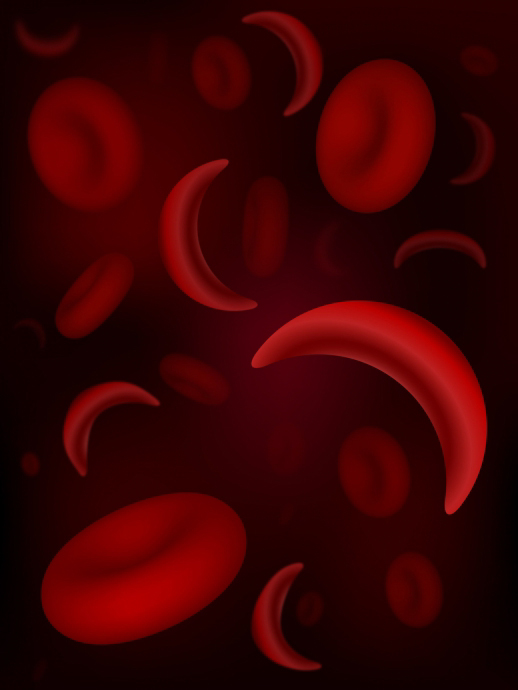What is Sickle Cell Disease?
Sickle cell disease (SCD) also known as sickle cell anemia, is the most common genetic disease in the world. It is caused by an abnormal form of hemoglobin and is passed on to a child from both the mother and the father of the child.
SCD affects hemoglobin which is a protein that carries oxygen in red blood cells to all tissues of the body. Sickled red cells stick to each other and to blood vessel walls. This can block the flow of blood to different parts of the body and over time, some tissues may become damaged.
In SCD patients, the red blood cell loses its normal shape and become stiff and crescent-shaped. Sickled cells are fragile and do not survive as long as normal red blood cells making individuals with SCD anemic. This means they may look pale and feel weak.
There are different types of sickle cell disease depending on which genes have been passed from the parents to the child.
The Most Common Types of SCD are:
Hemoglobin SS
Hemoglobin S-ß thalassemia
Hemoglobin SC
Out of the 300,000+ babies born globally with severe forms of sickle cell disease annually, sub-Saharan Africa (especially Nigeria and the Democratic Republic of Congo) and India bear half of the global burden of SCD.
From its origin in sub-Sahara Africa, Arabian Peninsula and Indian sub-continent, population migration has also increased SCD prevalence in areas not previously associated with the disease such as the USA, Western and Northern Europe.

